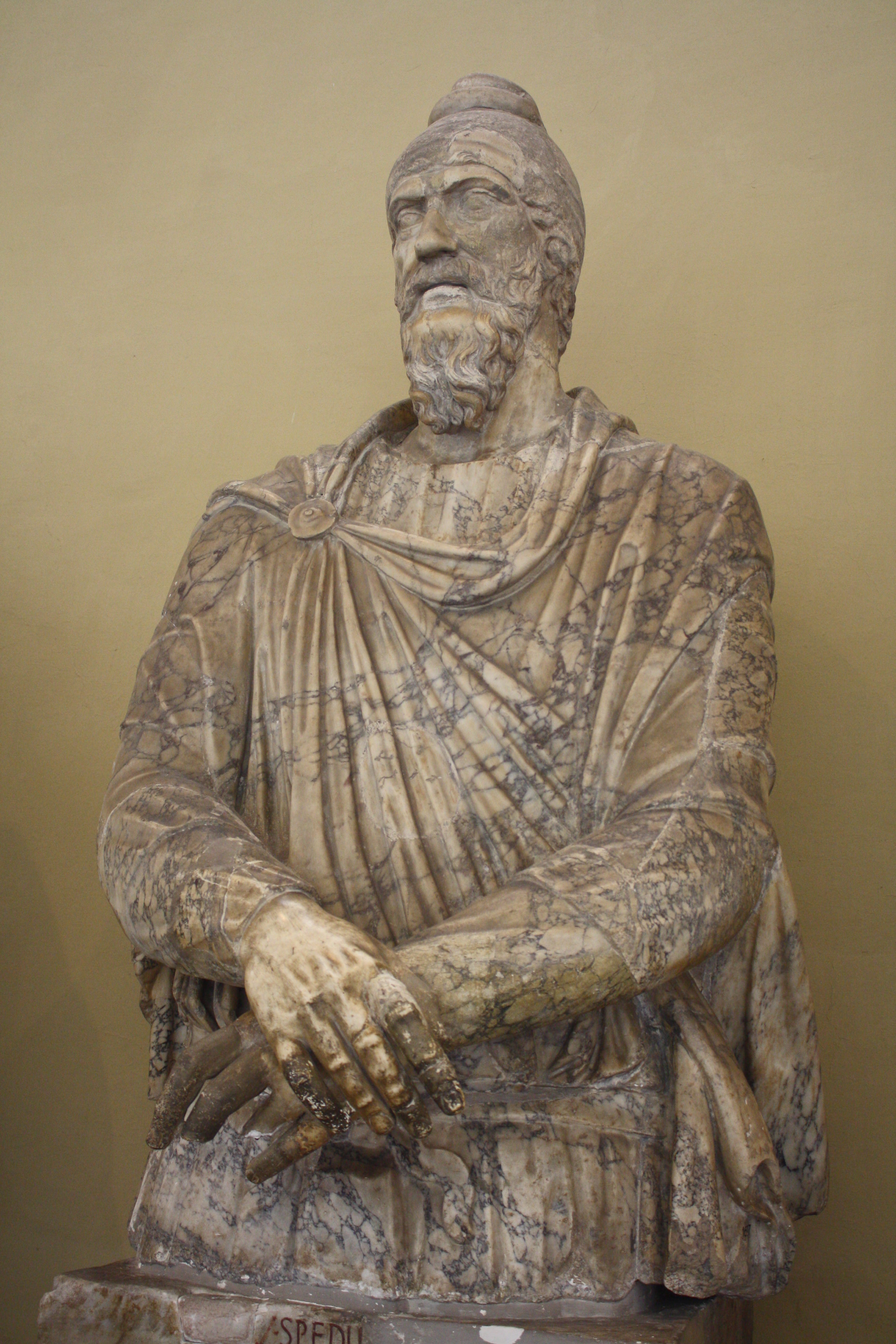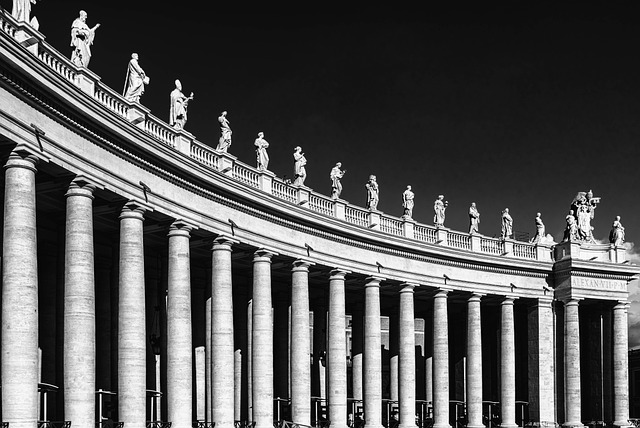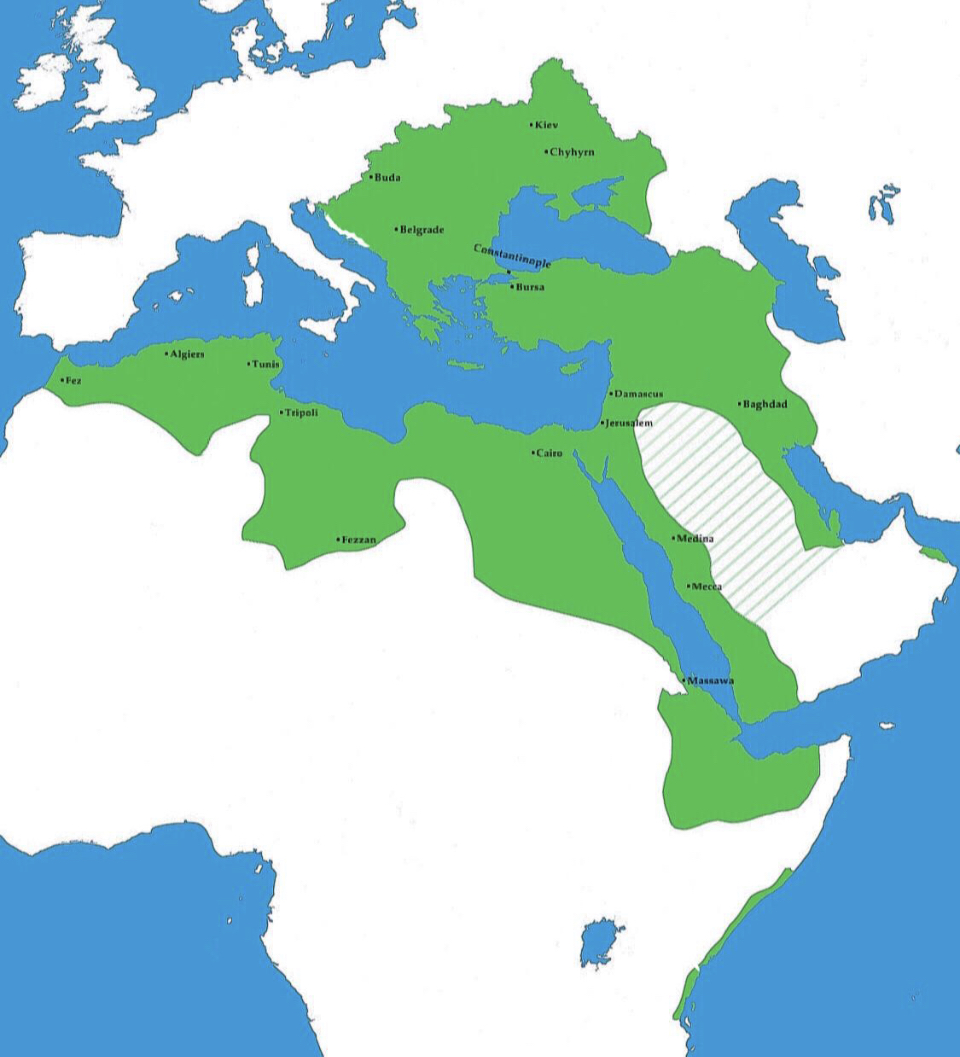In the depths of time, a fascinating story unfolds, spanning centuries and bridging cultures. It is a tale of courage, resilience, and the indomitable spirit of a people who have grown and evolved over millennia. Join us on a historical journey, as we trace the footsteps of the ancient Dacians, and witness their transformation into the modern Romanians we know today. From the awe-inspiring legend of Decebalus to the vibrant tapestry of Romanian traditions, this article delves into the rich heritage that has shaped a nation. Prepare to be enchanted as we embark on an extraordinary voyage through time, exploring the extraordinary bonds that connect the past to the present, unraveling the secrets that lie beneath the surface of history, and embracing the captivating narratives that have shaped the destiny of Romania. Step into the realm of the past and let us uncover the hidden treasures of this mesmerizing historical tapestry, as we dive headfirst into the captivating world of “From Ancient Dacians to Modern Romanians: A Historical Journey.
Origins and Heritage: Tracing the Ancient Dacian Roots
Tracing the ancient Dacian roots is like embarking on a captivating journey that reveals the rich heritage and origins of this enigmatic civilization. The Dacians were an ancient Thracian tribe that thrived in the region encompassing present-day Romania, Moldova, and parts of Bulgaria. Renowned for their fierce independence and powerful military, the Dacians left an indelible mark on the history of Eastern Europe.
The origins of the Dacians can be traced back to the Bronze Age, around 2000 BC. As we delve into their heritage, we discover their deep connection with nature and their reverence for the earth, which is reflected in their spiritual beliefs and mythology. The Dacians worshiped a pantheon of gods and goddesses, with a special veneration for Zalmoxis, the supreme deity associated with the afterlife. Their intricate burial rituals and the practice of immortality through heroic deeds paint a fascinating picture of their worldview.
- The Dacians were regarded as expert warriors, known for their skill in horse riding and their fearsome falx, a distinctive curved war axe that struck terror into the hearts of their enemies.
- They established a powerful kingdom under the rule of King Burebista, who united the Dacian tribes and expanded their territories, challenging the might of the Roman Empire.
- The enigmatic fortress of Sarmizegetusa Regia, believed to be the ancient capital of the Dacians, stands as a testament to their architectural prowess and strategic military planning.
As we unravel the origins and heritage of the ancient Dacians, their complex society and cultural achievements come to light. From impressive metalworking and intricate jewelry to intricate pottery and mystical symbols, their artistic expression echoes through the centuries. The Dacians’ unique identity, fiercely defended against external influences, showcases their determination to preserve their roots in the face of adversity.

Cultural Transformations: Roman Influence and the Birth of Romanian Identity
When delving into the rich tapestry of Romanian history, one cannot ignore the profound impact that Roman civilization had on shaping the unique identity of this Eastern European nation. The Roman Empire’s conquest of Dacia in the first century AD brought about a cultural metamorphosis that continues to resonate to this day. Here are some of the fascinating cultural transformations that occurred during this period:
- Language: Latin, the language of the Romans, left an indelible mark on Romanian. Over the centuries, Latin blended with the native Dacian language, giving birth to what we now know as Romanian. Today, Romanian is the only Romance language spoken in Eastern Europe.
- Architecture: Roman architectural techniques and motifs influenced the construction of major structures in Dacia, including temples, aqueducts, and cities adorned with grandiose forums. The legacy of this architectural marvel can still be seen in the ruins of Sarmizegetusa Regia and the impressive remnants of the Roman city of Ulpia Traiana Sarmizegetusa.
- Beliefs and Customs: The Romans introduced a new religious and social framework to Dacia, with the spread of polytheism and the cult of Mithras. These influences merged with the existing indigenous beliefs, resulting in a unique blend of Roman and Dacian customs, rituals, and mythology.
In essence, the Roman occupation laid the foundation for what would later become the Romanian nation. The interplay of native Dacian heritage and Roman influences played a pivotal role in shaping Romania’s language, architecture, and cultural practices. Understanding these transformative dynamics is crucial to comprehending the multifaceted origins of Romanian identity and the enduring legacy of Roman civilization.

Centuries of Struggle: Navigating through Ottoman Rule and Independence Movements
Within the vast tapestry of history, the lands once under Ottoman rule bore witness to a multitude of struggles and aspirations for independence. Spanning several centuries, this tumultuous journey was marked by a complex interplay of culture, politics, and the yearning for self-determination.
In this intricate mosaic, diverse communities across the region equipped themselves with resilience and determination, striving to shape their destiny amidst a changing landscape. Communities forged their identities through shared customs, languages, and traditions, further fueled by a collective yearning for freedom. Over time, various movements emerged as agents of change, masterfully navigating the intricate power dynamics and influences of the Ottoman Empire. They became the vanguards of hope, sparking the flames of independence, whispered among the oppressed and proudly echoed by those who dared to dream.

Preserving the Past, Shaping the Future: Embracing Modern Romanian Cultural Heritage
Romania, a land steeped in rich history and vibrant traditions, possesses a cultural heritage that can only be described as exquisite. From medieval castles standing as timeless symbols of strength to breathtaking folk dances showcasing a tapestry of emotions, the past of this enchanting nation serves as a testament to its resilience and creativity. As we forge ahead into the future, it becomes crucial to not only preserve these invaluable treasures but also to embrace our modern Romanian cultural heritage, ensuring a harmonious synthesis of tradition and progress.
A key aspect of this pursuit lies in the acknowledgement and celebration of Romania’s unique customs and practices that continue to shape our identity in the present day. The vibrant craftsmanship of our artisans, with their intricate clay pottery and woven textiles, deserves recognition as it represents a skill passed down through generations. By embracing and promoting these age-old practices, we can simultaneously empower our creative communities and foster an appreciation for the beauty of our cultural heritage among the younger generation.
Key Takeaways
As we conclude our historical journey from ancient Dacians to modern Romanians, we stand witness to an extraordinary tapestry woven over centuries of triumphs and tribulations. Like a mosaic of diverse cultures, traditions, and identities, Romania’s rich history encapsulates the resilience and spirit of a nation that has weathered countless storms.
From the mythical tales that dance around the ancient Dacian gods to the imposing spectacles of the Roman Empire, this ancient land unfolds its secrets to those willing to listen. As the centuries moved on, the Byzantines graced these lands with their presence, leaving behind echoes of a Byzantine heritage that linger even today. And let us not forget the valiant Moldavian and Wallachian rulers who dared to challenge the might of the Ottoman Empire, safeguarding their autonomy and laying the foundations for a united Romanian state.
Through turbulent times of war and occupation, Romania emerged stronger, its spirit unyielding. The struggle for independence and national identity forged the path towards a unified Romania, where patriotism and resilience became rallying cries. It was a journey marked by notable figures like Brancusi, Enescu, and Eminescu, who left indelible imprints on Romanian arts and culture.
In the twentieth century, Romania witnessed the rise and fall of communism, a tumultuous chapter in its history that scarred its landscape but fostered a spirit of resilience within its people. It is within this backdrop that courageous individuals like Lucian Blaga, Elie Wiesel, and Emil Cioran emerged, using their pens to voice the aspirations of a nation yearning for freedom.
Today, as we stand on the precipice of a new era, modern Romania embraces its past while striving towards a brighter future. The ruins of Sarmizegetusa, the painted monasteries of Bucovina, and the charming villages of Maramureș serve as guardians of a heritage that seeks to captivate and preserve its beauty for generations to come.
From the realms of Dracula’s castle to the bustling streets of Bucharest, Romania casts its spell on those who dare to explore its intricacies. It beckons the wanderer to immerse themselves in its vibrant landscapes, to taste the flavors of its authentic cuisine, and to dance to the rhythm of its lively folk music.
Let us remember this journey as a reminder that history is not just a series of events but a testament to the enduring spirit of a people who have shaped their destiny. From the ancient Dacians whose voices echo through the ages to the modern Romanians who proudly carry their heritage, the story of Romania is a tapestry of resilience, courage, and unwavering pride.
And as the chapters of Romania’s history continue to unfold, may we remain humble witnesses to a nation that embraces its past, celebrates its present, and looks with hope towards a future yet to be written.

